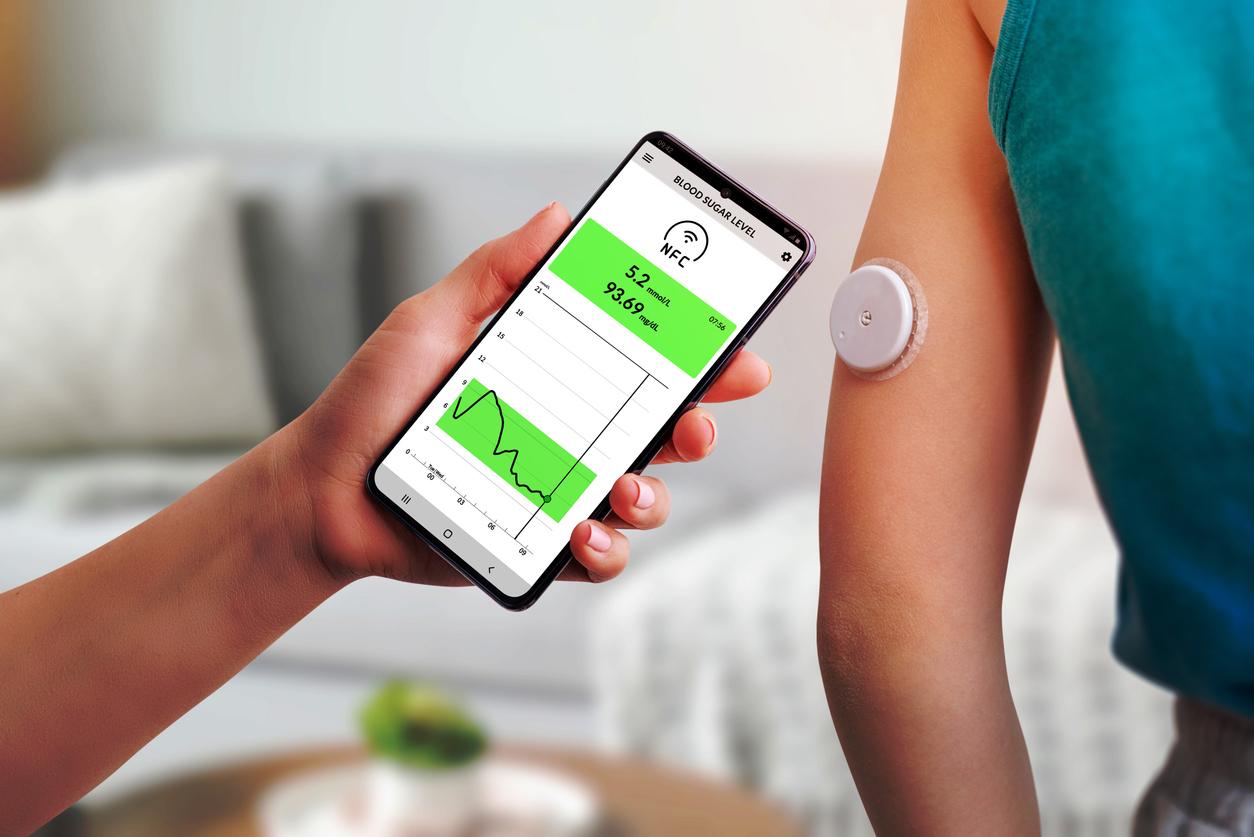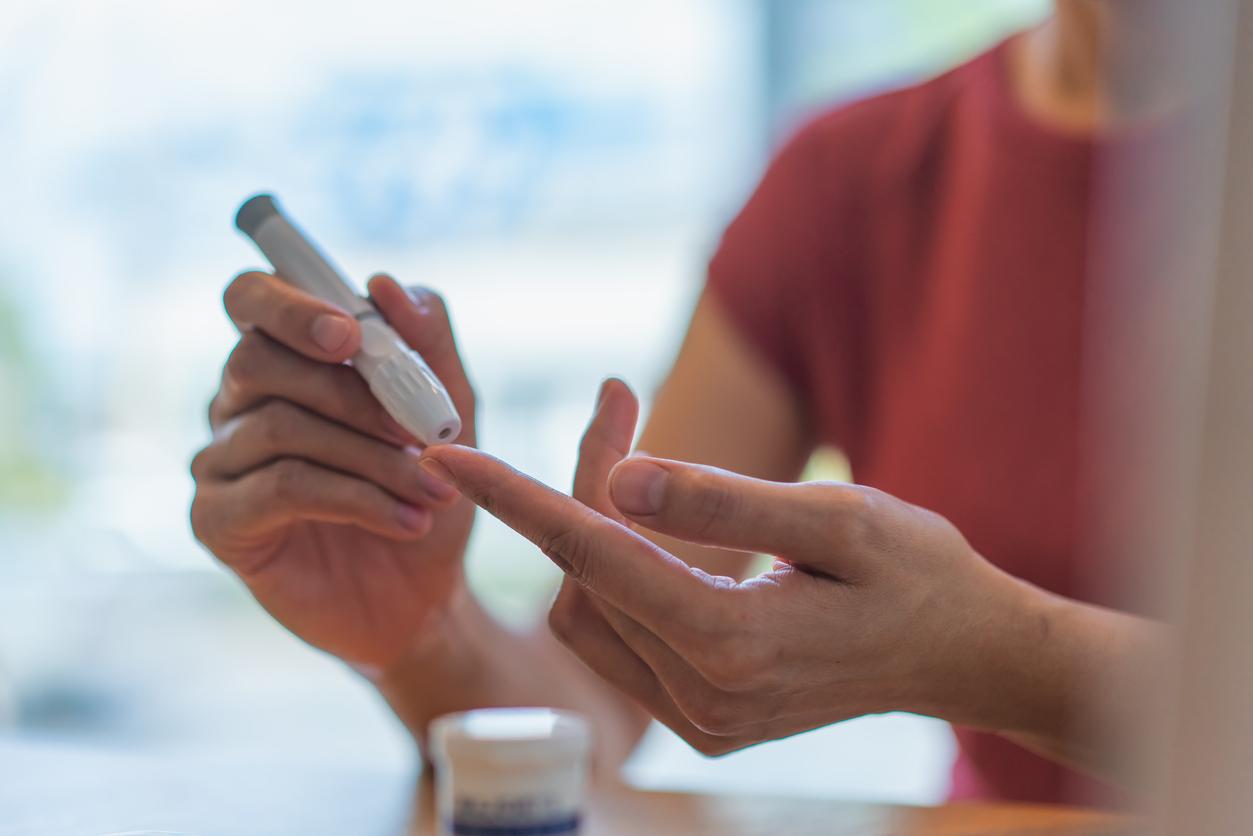Ensure good regulation
Besides striving for a life as normal as possible, someone with diabetes tries to regulate his blood glucose level as well as possible. Because the worse the regulation, the greater the chance of developing complications. A manual.
Self-monitoring is indispensable for the proper treatment of diabetes. By regularly checking the values, it is possible to estimate whether the blood glucose values remain within the limits.
Blood Glucose Test
It is important that blood glucose levels remain between 4 mmol/l and 10 mmol/l. To check whether the value is correct, patients with type 1 diabetes perform a blood glucose test.
If not, the treatment may need to be adjusted. This can be done, for example, by injecting more insulin or by eating fewer or extra carbohydrates at a certain time. A blood glucose test is performed using a blood glucose meter. First, a drop of blood is applied to a test strip. This strip is then read by the blood glucose meter. This indicates how high or low the blood glucose is at that moment.
A blood sample is usually used for blood sampling. It is pricked on the side of a fingertip. This is because the smallest blood vessels, the so-called capillaries, are located there. The blood from these capillaries is most suitable for the test. The capillaries are just under the skin, so the needle used to prick is very short. You will feel almost nothing from the injection. Most people quickly get used to poking themselves.
When to test
How often someone needs to know their blood glucose levels depends on the patient. Influencing factors: personal circumstances, nature of the complaints and the type of diabetes. In certain situations it is advisable to test more often, for example:
-
with complaints that indicate a hypo (= too low blood glucose levels)
-
during and after a hypo
-
during and after a hyper (= too high blood glucose levels)
-
with extra physical exertion
-
in times of stress or tension
-
on holiday
-
during a pregnancy
-
with a temporary irregular life
-
when blood glucose fluctuates a lot
Keep a diabetes diary
People with diabetes can keep a diary in which they record the test results. This allows them to see clearly what the blood glucose values have been during a certain period. Special circumstances may be recorded in the diary. Think, for example, of a day sick, eating out, a lot of stress, injecting insulin too late, and so on.
It is very useful for the doctor or diabetes nurses if they are handed over a diary during a check-up. The test results, together with the diary, provide a good picture of the effect of the treatment. It can then be examined whether the diabetes treatment should be adjusted on certain points.
Test setting longer period
Daily blood glucose measurements are used to monitor the diabetes setting. However, these provisions are only a snapshot. That is why other tests have been developed that provide an assessment of the institution over a longer period of time.
The measurement of the ‘serum fructosamine’ content reflects the average setting of the previous two weeks. The measurement of ‘glycated hemoglobin’ (HbA1c) provides an overview of the previous six to eight weeks.

















